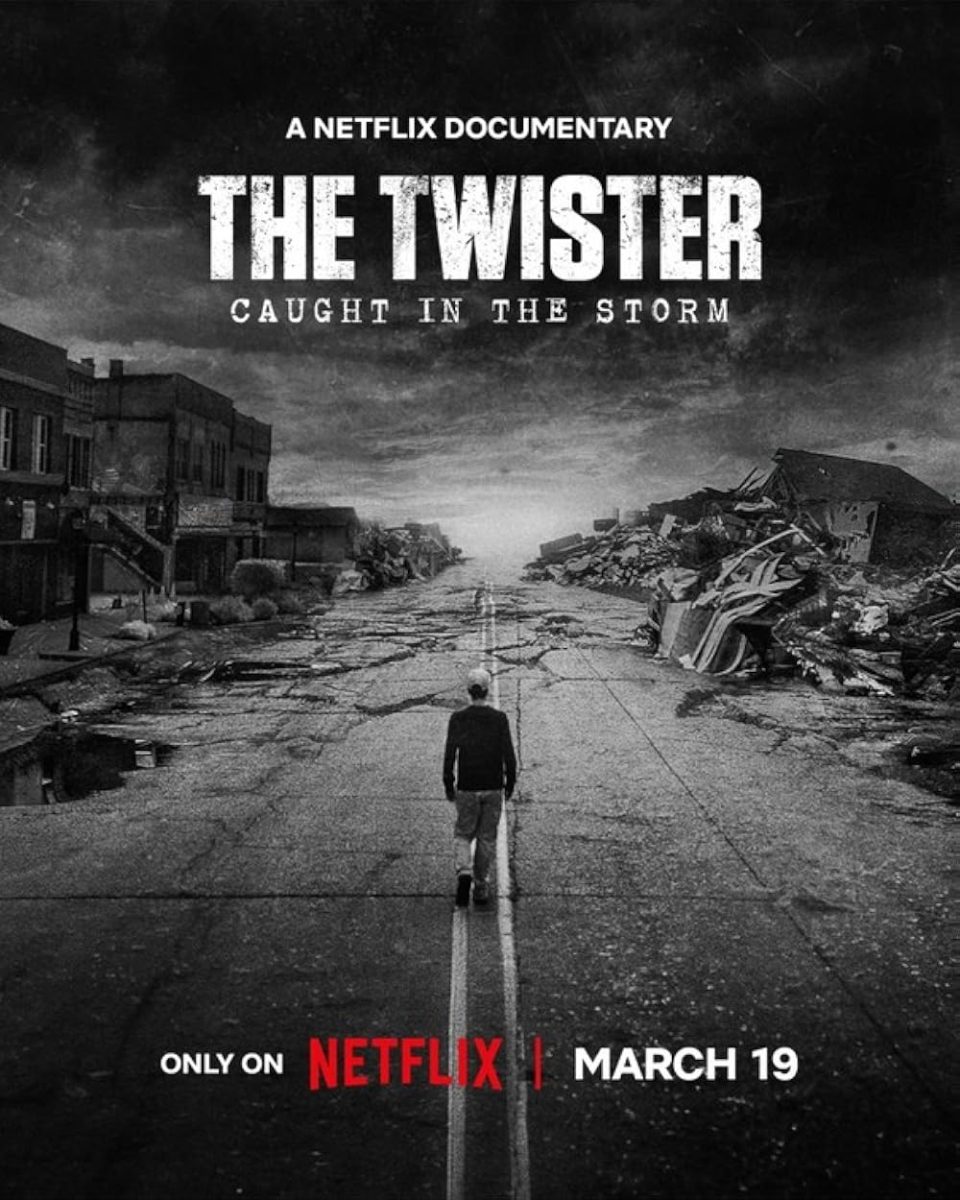With each installment of a dystopian book or series, both alignments and appearances seep into the scenes and fade something once original into a parallel an audience has experienced before.
Released Nov 17, 2023, “The Hunger Games: The Ballad of Songbirds and Snakes” shows parallels between the original franchise and the newly published prequel 64 years before Katniss Everdeen (Jennifer Lawrence) volunteered as tribute and decades before Coriolanus Snow (Donald Sutherland) became the tyrannical president of Panem.
The film follows a young Coriolanus (Tom Blyth), who’s the last hope to save his failing family lineage amid his father’s death. With his livelihood threatened by his family’s hunger, he is reluctantly assigned to mentor Lucy Gray Baird (Rachel Zegler), a tribute from District 12 in the tenth annual Hunger Games. After Lucy Gray’s charm captivates the audience of Panem, both their fates turn upside down as she emerges as the victor of the tenth annual Hunger Games. Showing in a world where she and Coriolanus should be complete opposites, they are somewhat the same, scared and caged by the capital.
But as engaging as these scenes were, as a watcher, I was more interested in the underlined similarities between this film and the original franchise.
Apart from the fact that the two women are both victors, their indifference attracts similarities between them. While Katniss is a hunter forced to perform, Lucy Gray is a performer forced to hunt. Lucy Gray has an understanding of what she needs to do to survive not just the capital but the life of a victor, something that Katniss understands later on down the line. Katniss has little to none of Lucy Gray’s social knowledge but all of her compassion, heart and courage for protecting things she loves.
While the two female protagonists aren’t supposed to be mirrors of each other, they share a similar existence. Katniss and Lucy Gray were both stuck living a poverty-stricken life with the only way to manage a decent living was by utilizing their craft. While Lucy Gray was a singer, appealing to the audience via song, Katniss was a hunter, thoroughly trained in archery.
After seeing the prequel, the original franchise reminds everyone that Katniss is a burden to Coriolanus. She reminds him that everything he despised in Lucy Gray is not dead, forgotten or disappeared but carried on through generations.
On the other hand, underlined details of Coriolanus’s past gave examples of how he became the dictator he is known to be. Upon getting deployed as a peacekeeper to District 12, he fell madly in love with his former tribute, Lucy Gray. But as she and Coriolanus spent more time together, her intuition turned against him, as he murdered two people in her home district. Similar to what we see in the original franchise, Coriolanus became paranoid about everything and everyone around him, ultimately shooting at Lucy Gray in a manic episode. Following being abandoned by his love interest, he returns to the capital, never able to let go of his songbird abandoning him.
Coriolanus’s explanation for his villainy behavior put into perspective where he got his hatred. From a life of privilege to a life of lust and then destruction, he let a small-town girl destroy his once-empathetic self, marking the start of a hungry beginning.
Whether the film showed the origin of the name Katniss, the power of mocking jays or the songwriting of the infamous song “The Hanging Tree,” I was engaged the entire time. The dark ending to this film gives the audience room to think about what happened between the time of the ending and the 74th Hunger Games. The film showed distinct similarities between the two plots and left the audience with the result of snow landing on top.
5/5








